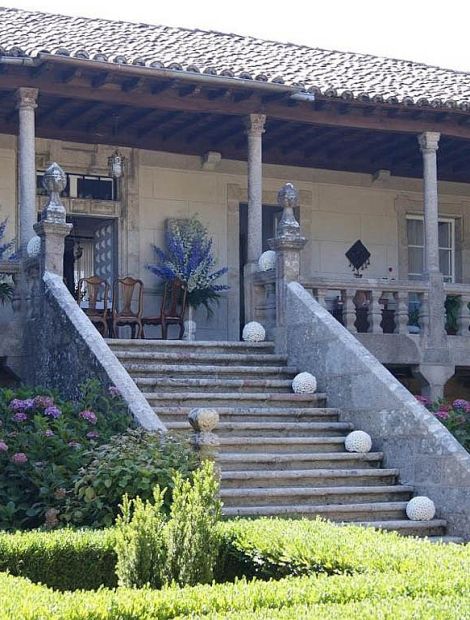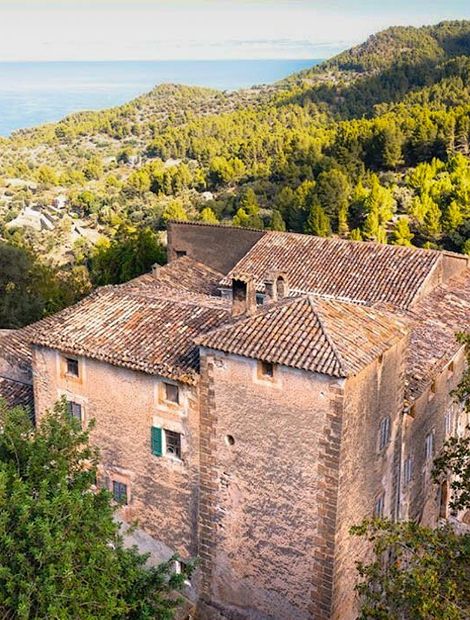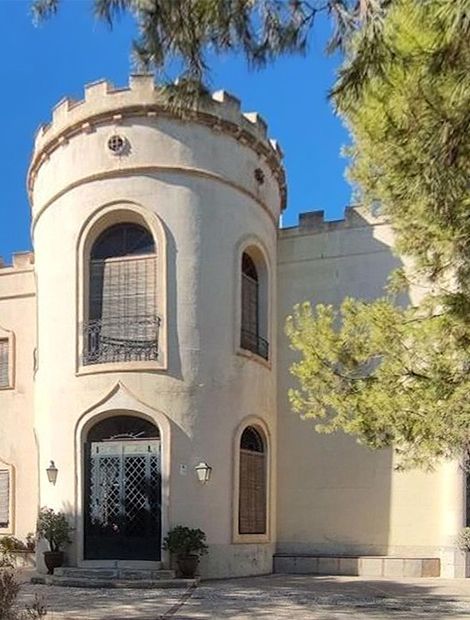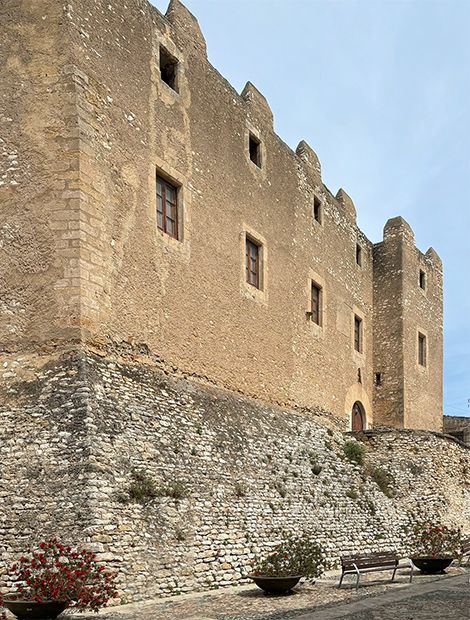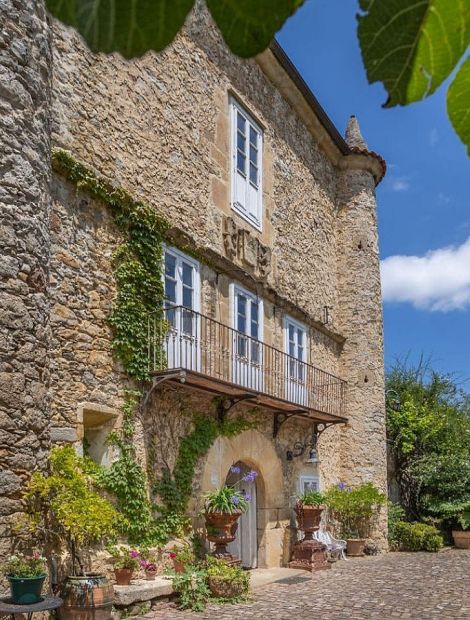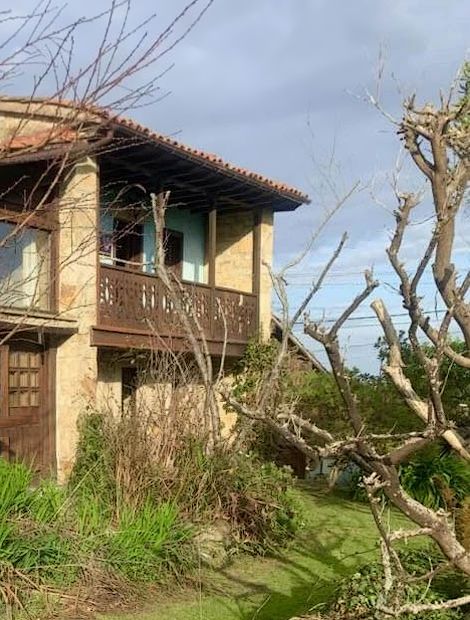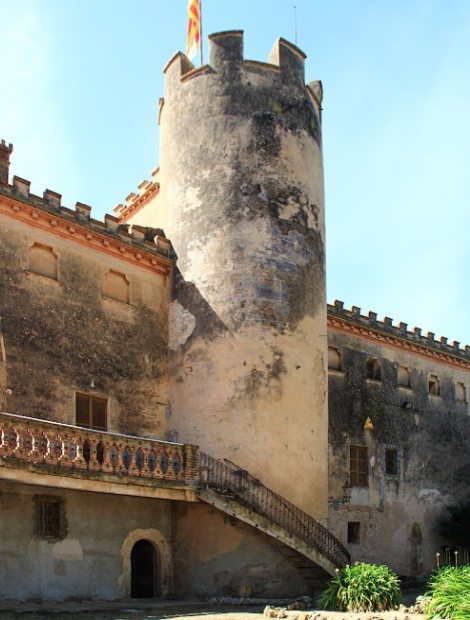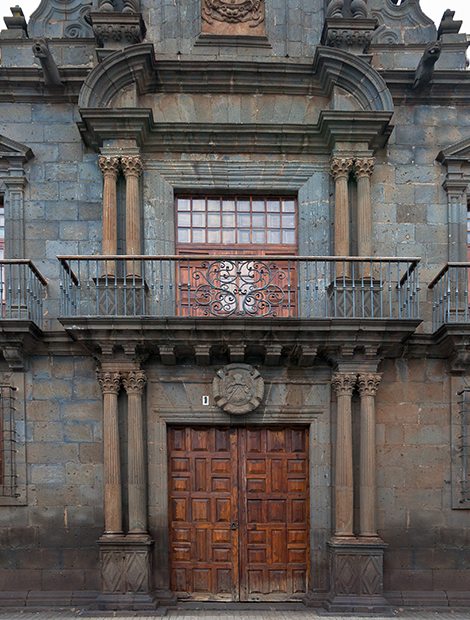-
Buy
Character properties overviewEuropean castles and manors
- United Kingdom
- All regions
- England
- Scotland
- Wales
- Northern Ireland
- Overseas
- Poland
- Czech Republic
- Italy
- France
- Germany
- Spain
- Austria
- Latvia
- Slovakia
- All countries
Popular overseas countries -
Sell
Free Single listingsSelling overseasPublish multiple listings
Find castle agents
Entrust the sale of your historic property to capable hands. REALPORTICO connects you with selected partners tailored to your specific needs, offering exceptional expertise in selling historic properties in the United Kingdom or abroad. You have the freedom to choose whom to collaborate with. Our presentation centered on heritage properties and supported by a local and global network, reaches a significantly broader audience compared to everyday real estate sources. - Portico Secrets Secrets
- E-Mail alert
-
Extras
Extras
Character Homes for sale Spain
Read moreFrom Castillo to Casona, from Galicia to Andalusia: Learn more about Spain's regions and property types
Renowned artists and visionaries such as Velázquez, the master of the Baroque, Pablo Picasso, who revolutionized the art world with his innovations, Salvador Dalí, and Miró all hail from the beautiful country on the Iberian Peninsula. Yet, other attributes probably come to mind first when we think of Spain.
It is no wonder that Spain ranks high on the list of popular southern holiday destinations, attracting around 80 million visitors a year. The magnificent beaches, the pleasantly mild climate with nearly 3,000 hours of sunshine, the hospitality of the Spaniards, and the delights of traditional Spanish cuisine all contribute to its allure.
Nature lovers will find unforgettable experiences in Spain. The landscapes in the regions vary from mid-mountain ranges with green valleys in the north, to magnificent nature parks, enchanted cork oak forests, and the snow-capped peaks of the Sierra Nevada, down to the orange groves of sunny Andalusia.
However, to reduce Spain solely to its outstanding qualities as an almost perfect holiday destination would be an injustice. Beyond that, it is a country rich in history and culture, ranging from medieval castles and prehistoric excavation sites to bustling cities like Madrid or Barcelona with their avant-garde art scenes.
This unique mix of cultural wealth, natural beauty, and the Mediterranean lifestyle is what attracts and fulfills people.
Spanish Properties by Region
Variety and Importance of Historic Properties in Spain
Historic buildings are the true treasures of Spain. From north to south, there is an impressive variety of historic properties, some with interesting regional characteristics.
The range includes splendid castles and palaces that maintain the grandeur of the monarchy, to impressive manor houses and mighty estates that highlight the significance of the rural legacy of this traditional country.
Among them are unique character properties that reflect the influence of various cultures. Exploring Spain's historic properties is a wonderful way to walk in the footsteps of the past. It captivates history enthusiasts, architecture lovers, and investors alike.
The value of these historic buildings is not only measured materially. Rather, they preserve the charm of bygone times and, as part of the collective memory, represent an authentic piece of Spanish history.
To bring them into the present and future, a variety of classic and modern usage concepts are suitable, as demonstrated by numerous successful examples. The living space they create is unique and inspiring.
On the following theme and search results pages, the architectural features of the most significant categories and genres of historic Spanish buildings over the centuries are explained and regionally classified.
Other Common Property Terms in Spain
Cortijo – Farmhouse
Rural traditional farmhouses in southern Spain are called Cortijos. They are particularly typical of the hinterland in Andalusia, and their history dates back to the time of the Moors. Typically, the main house, outbuildings, warehouses, and stables are arranged around a central courtyard, serving both functional and aesthetic purposes. Cortijos are recognizable by their thick, whitewashed walls and flat roofs, as well as wooden verandas and balconies. They are surrounded by vineyards, olive groves, and wheat fields, emphasizing their agricultural character. Their overall architecture is designed to withstand the hot summers in southern Spain, which they continue to do – many Cortijos have been authentically restored and serve as luxurious country houses and oases of tranquility, combining historical charm with modern comfort.
Hacienda – Estate
A Spanish Hacienda is a large estate with extensive lands, traditionally consisting of a representative main house with utility buildings, stables, and other agricultural structures. They date mostly from the colonial period and the early modern era, serving agricultural production, livestock farming, and wine growing. The buildings, made of robust stone walls with white facades and tiled roofs, often built in colonial style but also showing influences from Moorish, Gothic, and Renaissance architecture. The main house was particularly grand, adorned with arcades, galleries, and woodwork. Haciendas still represent a significant piece of rural history, predominantly in southern Spain.
Possession - Large Estate on the Balearic Islands
Traditional and representative estates and manor houses in Mallorca, which play an important role in the agricultural and social structure of the island, are called "Possessions." Built and maintained by wealthy families, they represent Mallorca's rural historical heritage.
Lloc - Farm or Estate on Balearic Islands
Llocs are the regionally typical farms and estates on the Balearic island of Menorca. They are comparable to the Possessions in Mallorca but are often somewhat smaller and more down-to-earth. Their architecture is functionally oriented towards agricultural use, with a main house, stables, and barns.

